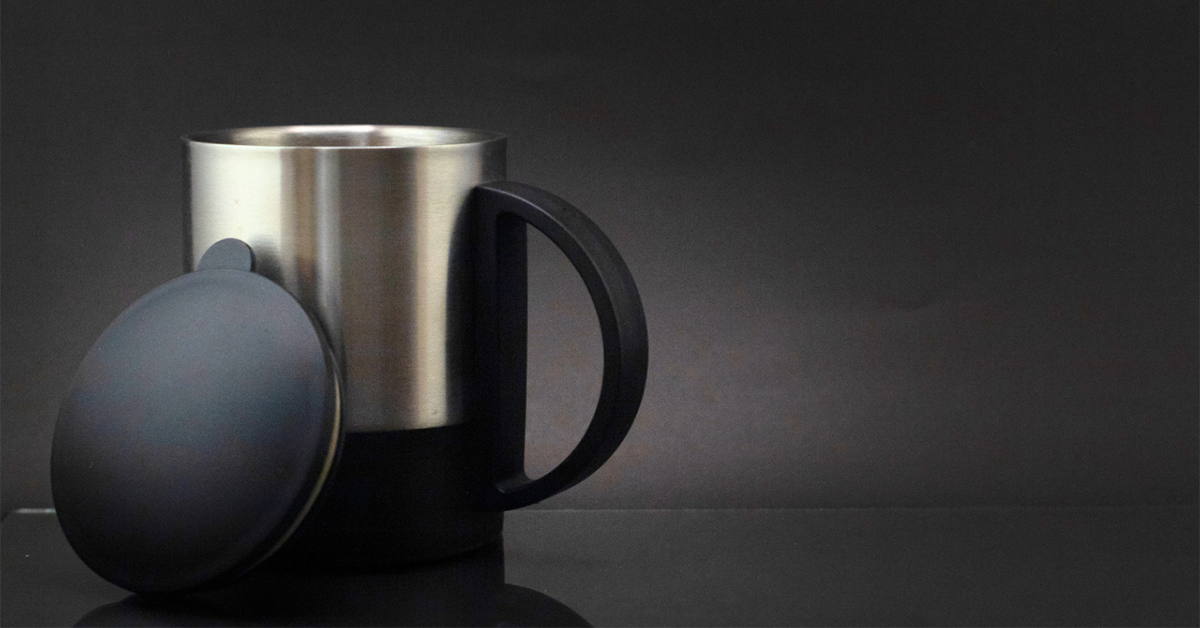
March 27, 2024
Anyone living on the go or wanting to enjoy their beverages for longer can appreciate the importance of a high-quality insulated travel mug. A travel mug’s quality determines how long a piping hot coffee or refreshing cold water will maintain the ideal temperature. In a standard drinking mug, the liquid almost completely reaches room temperature after 15-30 minutes.
How do travel mugs keep drinks hot or cold for extended periods of time?
We have the answer!
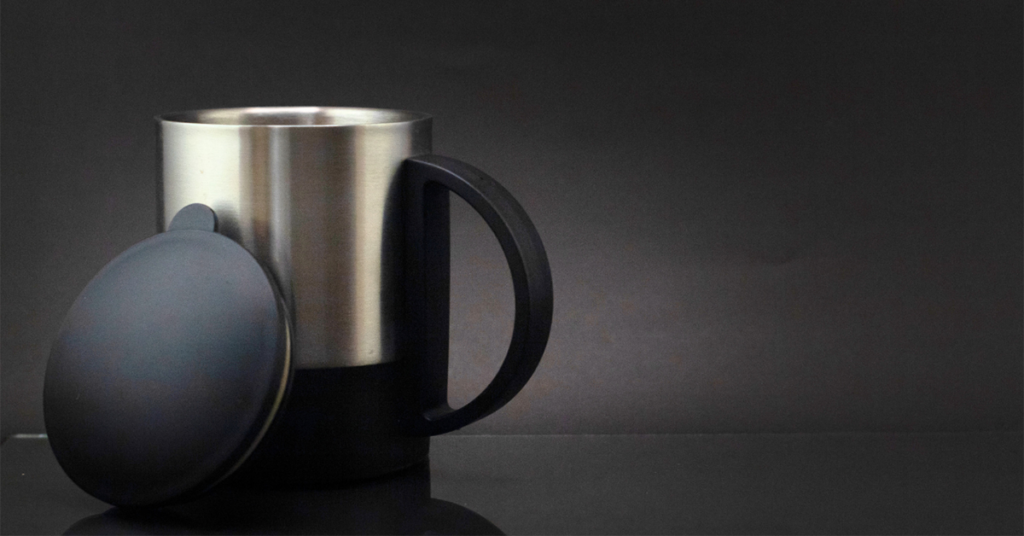
Figure 1. Insulated Travel Mug
Have you ever wondered why some materials feel warm to the touch while others are cool? It’s all about their thermal conductivity, which is their ability to conduct heat. Materials with high thermal conductivity, like metals, are often used in heat exchangers, while those with low thermal conductivity, such as foam or air, make great thermal insulators.
Let’s take a walk in your home. Imagine you’re barefoot, stepping from the cozy carpet to the cold kitchen tile. The tile conducts heat out of your feet more rapidly than the carpet, making it feel cooler to stand on- because the tile has a higher thermal conductivity than the carpet.
Now, let’s see how thermal conductivity affects our daily lives. Consider a travel mug designed to keep our hot beverages hot for longer. How does it do that?
Heat naturally flows from hot to cold regions, so the mug doesn’t keep the cold out; it keeps the heat in. This is possible because the materials used to make the mug have low thermal conductivity, which slows down the rate at which heat can flow in or out. As a result, our drink stays at the perfect temperature for longer.
The key to a high-quality travel mug is thermal insulation. To achieve such good insulation, many models use a double-wall design. The double wall creates a small gap where conduction can no longer occur, significantly reducing heat transfer with its surroundings. Because the gap is unfilled, and air can cause convection, heat still manages to escape or enter through the walls.
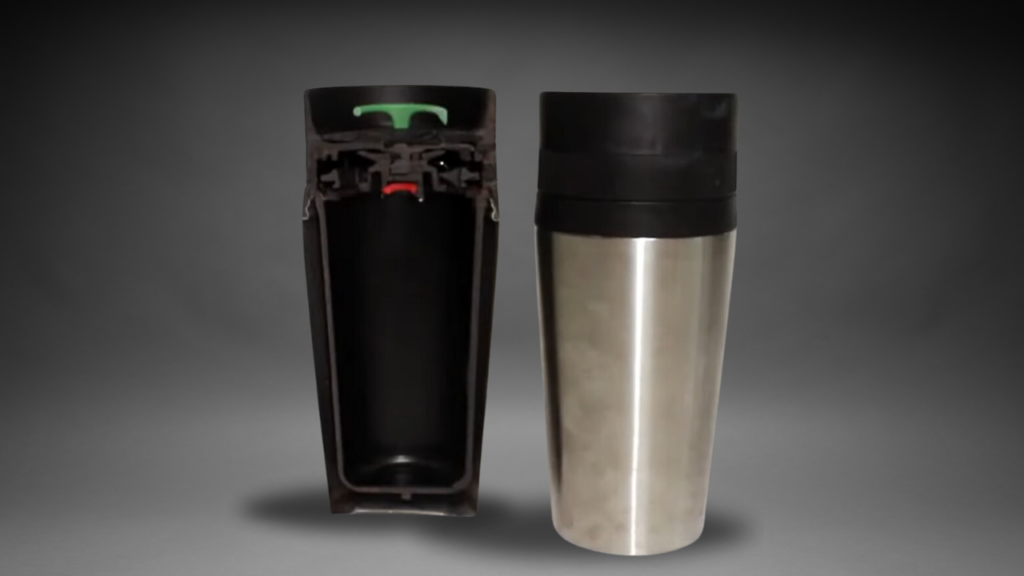
Figure 2. Cross section of double-wall construction within an insulated travel mug.
Travel mugs stand out from the crowd by using foam insulation instead of air to fill the gap. This innovative approach significantly enhances thermal preservation. By eliminating air, convection heat transfer slows down, allowing a remarkable two to four hours to pass without any temperature change.
When it comes to thermal preservation, vacuum insulation takes the lead. While it may be slightly more expensive and challenging to produce, travel mugs with vacuum insulation can maintain liquid temperature for up to 48 hours! This technology removes all air between the inner and outer walls to create a vacuum, and it is not limited to travel mugs. It’s also a game-changer in industries such as construction, medicine, and science.
Other factors affect how good a travel mug will be at maintaining temperatures; these include the construction material, the lid type, and the size. The thermal conductivity of the material used to manufacture it is critical in how much heat the mug can retain. Among the most common materials for making durable mugs are stainless steel and plastic, as they can retain heat the longest.
The lid type and mug size are two other crucial factors in maintaining temperatures. The lid, the primary source of heat loss in travel mugs, is often designed with a push button mechanism that immediately closes after a sip to prevent heat from escaping. This feature also enhances the mug’s leak-proof properties. Additionally, the size of the mug can significantly affect thermal preservation. A larger, bulkier mug means more space between the inner and outer wall, providing ample insulation and reducing heat transfer.
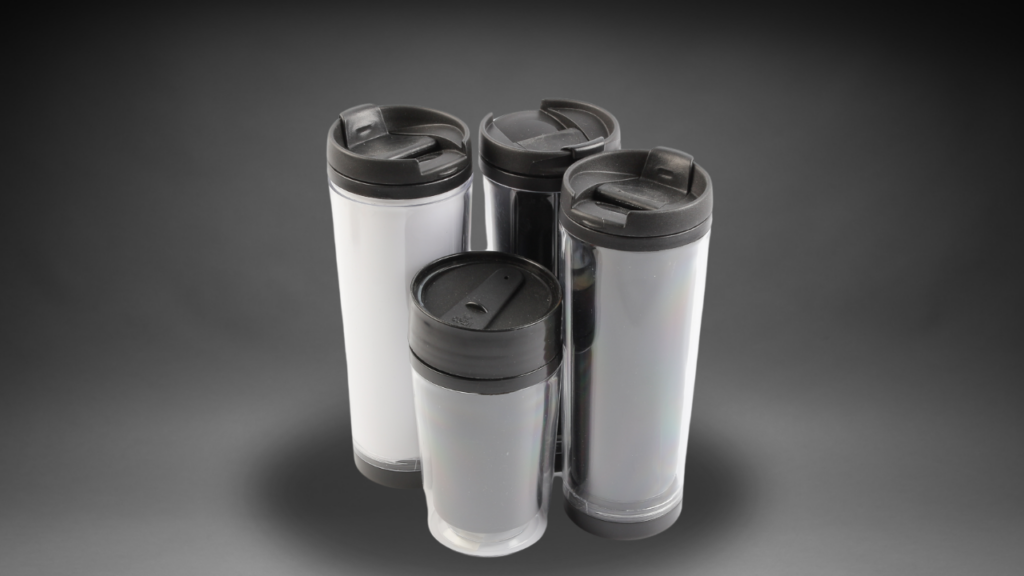
Figure 3. Travel mugs with tightly sealed lids.
Travel mugs come in many different shapes and sizes. There are a variety of travel mugs on the market, each using a different material that boasts better insulation than their competitor. Each material has advantages and disadvantages; the best choice will ultimately depend on personal preferences and needs. When choosing a mug, it is essential to consider its use and desired thermal retention level.
Table 1. Common materials used for thermal mugs and their properties with respect to hot beverages.
| Material Type | Thermal Conductivity (W/m·K) | Temperature Retention | |
| Good | Ceramic | 2.0 – 4.0 | Up to 2 hours |
| Better | Polyethylene (Plastic) | 0.3 – 0.5 | Up to 4 hours |
| BEST | Stainless Steel | 13.5 | Up to 12 hours |
It may appear counterintuitive that stainless steel has the highest thermal conductivity while being characterized as having the best temperature retention compared to the other materials. Stainless steel can act as both an insulator and a heat-resistant material. Its excellent thermal properties allow it to absorb and store heat energy, making it an effective insulator depending on the surrounding environment.
Stainless steel mugs are also highly durable, and most are relatively inexpensive, making them an excellent choice for travel mugs. The main disadvantage of using a travel mug manufactured with steel is that steel can sometimes leave an undesired metallic taste in the beverage over time.
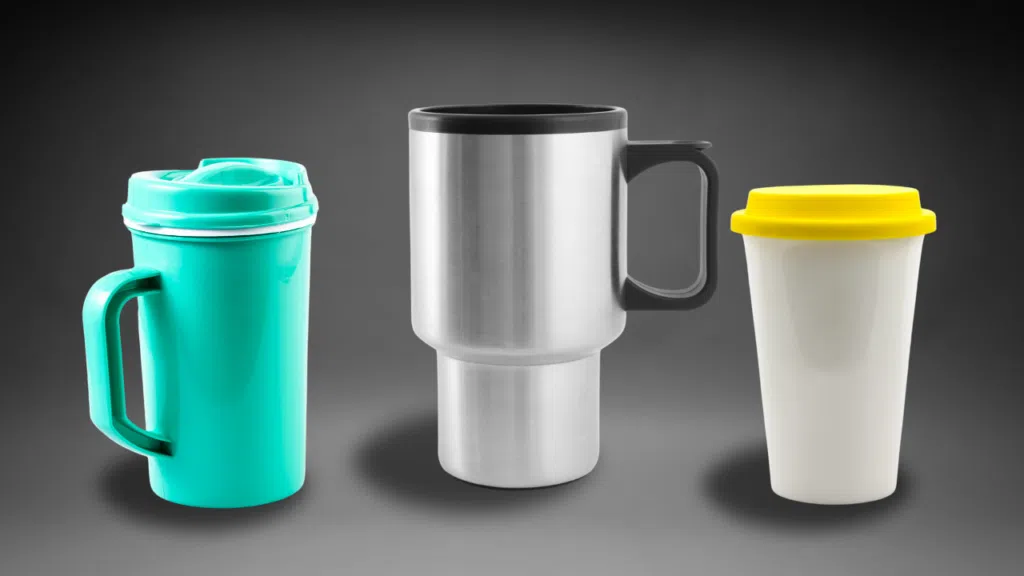
Ceramic and plastic mugs are great options if you prioritize style over thermal retention. However, it’s important to note that they don’t preserve temperatures as well as stainless steel mugs because most ceramic and plastic mugs have a single-wall design. Nonetheless, their unique look and aesthetic make them popular choices. Although ceramic and plastic mugs may be less durable, they are significantly cheaper than stainless steel mugs in most cases.
Table 2. Common insulation materials used in thermal mugs and their properties with respect to hot beverages.
| Insulation Type |
Thermal Conductivity (W/m·K) |
Temperature Retention | |
| Good | Air | 0.025 | Up to 4 hours |
| Better | Foam (Polystyrene) | 0.029 | Up to 6 hours |
| BEST | Vacuum | 0.004 – 0.020 | Up to 12 hours |
Vacuum insulation stands head and shoulders above other types of thermal mugs. Its remarkably low thermal conductivity, coupled with the ingenious design and structure of vacuum-insulated mugs, effectively halt the two different methods of heat transfer, radiation and convection. This exceptional insulation capability ensures that vacuum-insulated mugs can keep your drinks hot for up to 12 hours and cold for up to 48 hours, a feat unmatched by other insulation types!
While foam is a commendable insulator, it has higher thermal conductivity than air. Why is this the case? Air, with its free-flowing molecules nestled between the double walls, is an excellent insulator due to its low thermal conductivity. However, this setup allows for convection, leading to heat escaping more easily. When the air is replaced with foam or a vacuum, it creates an airless space where convection cannot occur, significantly extending temperature retention time.
The use of mugs dates to 10 000 BCE. They were initially made of bones and clay, so as one can imagine, they didn’t have excellent thermal preservation properties. In 1904, two German glassblowers patented the first vacuum-insulated flask and called it the Thermos. In 1906, the Thermos company was formed and began mass production of insulated bottles. Over 100 years later, Thermos is still a leading brand in the insulated product market.
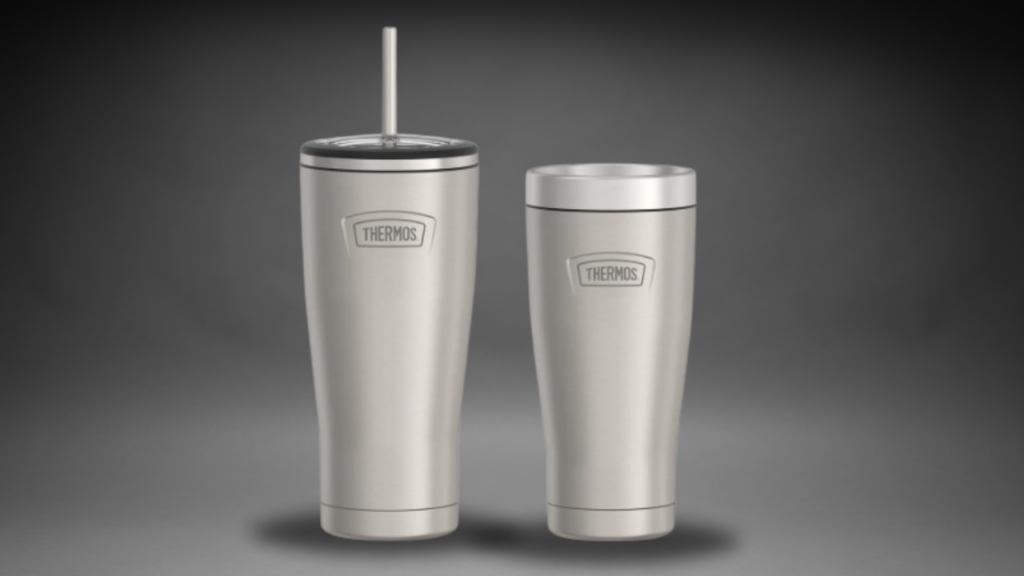
Figure 5. Thermos began manufacturing insulated bottles in 1906!
Among Thermos, other noteworthy brands revolutionizing the insulated mug industry include YETI, Contigo, Hydroflask, and Stanley. The Stanley Company, Inc. bottle went viral on social media after someone posted a video of their Stanley mug surviving a car fire. Not only did the insulated mug survive, but it also had ice in it!
In exploring insulated travel mugs, we’ve delved into the scientific principles that keep your beverages at the perfect temperature for hours. Thermtest, with its leading-edge approach to thermal conductivity measurement science, stands at the forefront of understanding and applying these principles. Our commitment to innovation and quality is evident in the detailed analysis, ensuring that your next travel mug purchase meets your highest temperature retention and durability expectations.
Stay tuned for the next part of our series, where we’ll venture into the world of coolers. We’ll uncover the advanced technologies and materials that make them indispensable companions for outdoor adventures, ensuring your refreshments stay cool even in the hottest conditions. Dive deeper with us into the science that keeps the chill in your chillers, brought to you by the experts at Thermtest.
Brown, R. (2023, November). 10 best travel coffee mug to keep coffee hot reviews in 2023: Top rated. Appliances Radar. https://appliancesradar.com/best-travel-coffee-mug-to-keep-coffee-hot/#buying-guides
Burger, N., Laachachi, A., Ferriol, M., Lutz, M., Toniazzo, V., & Ruch, D. (2016). Review of thermal conductivity in composites: Mechanisms, parameters and theory. Progress in Polymer Science, 61, 1–28. https://doi.org/10.1016/j.progpolymsci.2016.05.001
Burger, R. (1903, October 1). Vessel with double walls enclosing an air-empty cavity.
Crestline. (2019, September 10). The history of Travel Mugs & Tumblers. https://crestline.com/c/the-history-of-travel-mugs-and-tumblers-an-interactive-timeline#:~:text=Two%20glassblowers%20from%20Germany%20discovered%20that%20the%20vacuum,insulated%20cup%20and%20renamed%20it%20%22thermos%22%20in%201904.
Materials database – thermal properties – Thermtest inc.. Thermtest. (2023, January 4). https://thermtest.com/thermal-resources/materials-database
Morphew, M. (2021, December 12). What is the best material for a travel mug?. Taste The Earth. https://tastetheearth.com/blogs/taste-the-earth-blog/what-is-the-best-material-for-a-travel-mug
Sidebotham, G. (2015). Heat transfer modes: Conduction, convection, and radiation. Heat Transfer Modeling, 61–93. https://doi.org/10.1007/978-3-319-14514-3_3